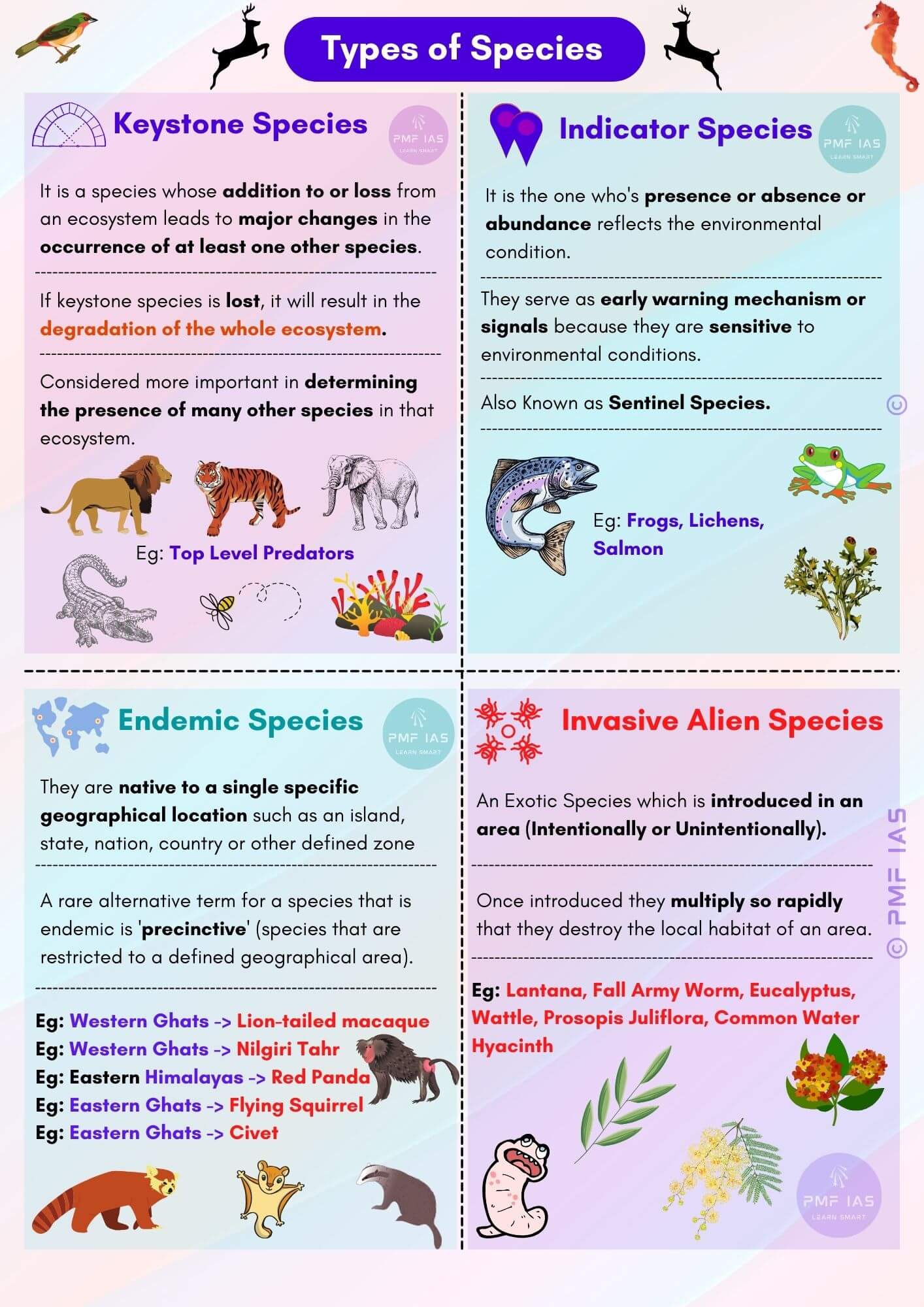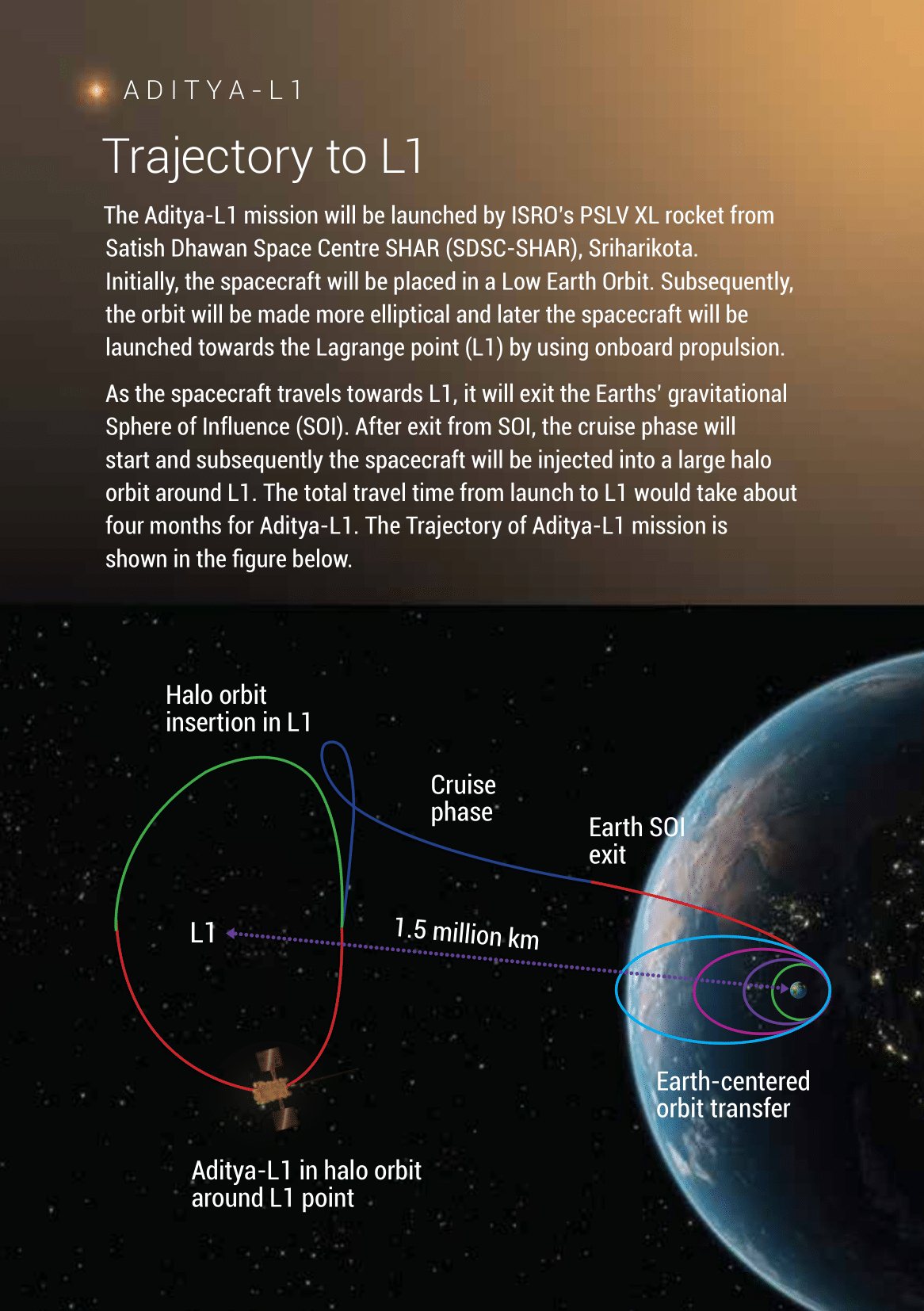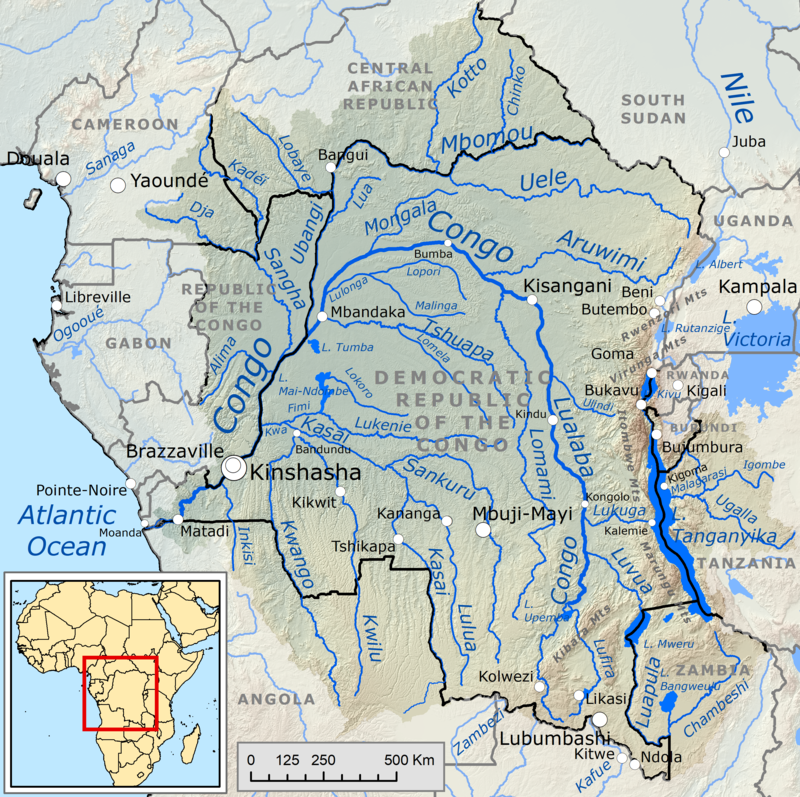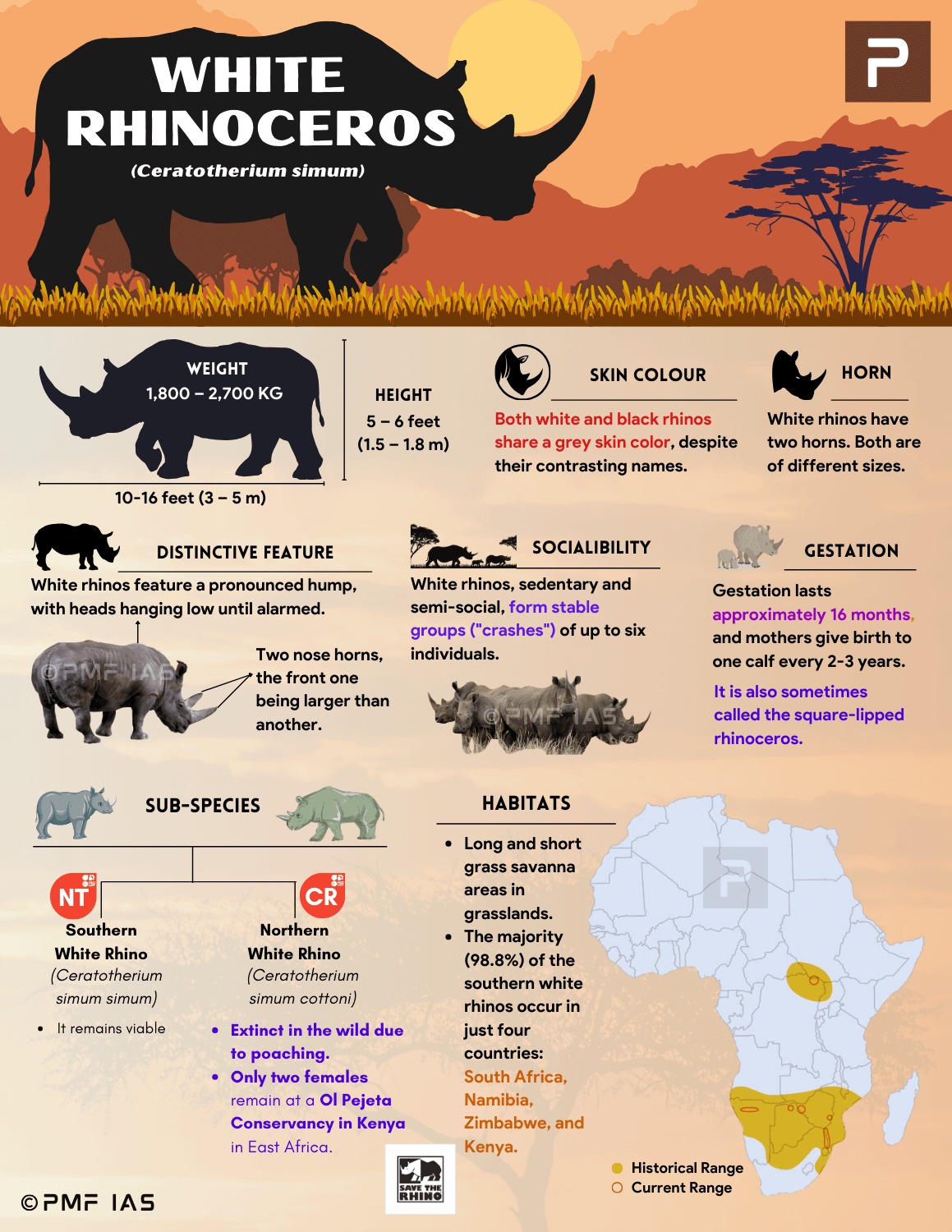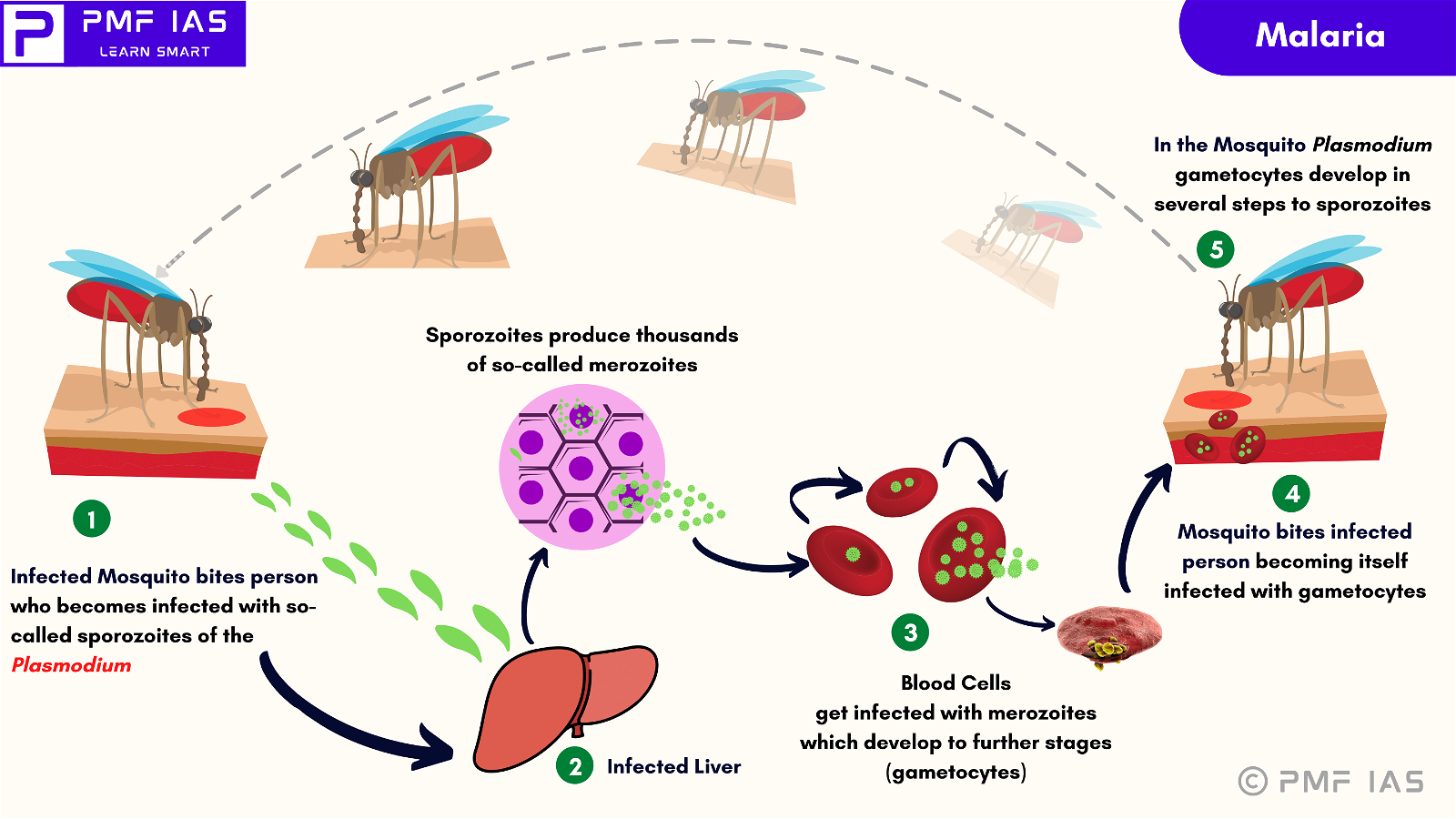
Beavers, The Ecosystem Engineers and Keystone Species
Subscribe to Never Miss an Important Update! Assured Discounts on New Products!
Must Join PMF IAS Telegram Channel & PMF IAS History Telegram Channel
Beavers
- Context (WION): After 400 years, baby beaver takes birth in London.
- Beavers are semiaquatic amphibious rodents of the Northern Hemisphere.
- They are the largest rodents in North America and Eurasia.
- They are the second largest rodents worldwide.
- Distribution: They are native to North America, Europe, and Asia.
- Habitat: Streams, rivers, marshes, and ponds and on the shorelines of large lakes.
- Conservation Status:
- American Beaver (Castor canadensis): IUCN: Least Concern
- Eurasian Beaver (Castor fiber): IUCN: Least Concern
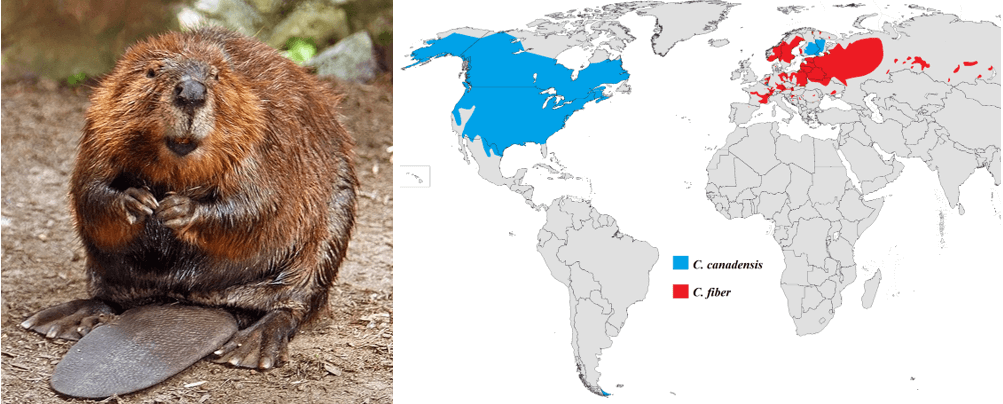
Significance of Beavers
- Beavers build dams and lodges using tree branches, vegetation, rocks and mud.
- Dams restrict water flow, and lodges serve as shelters.
- Their infrastructure creates wetlands used by many other species, and because of their effect on other organisms in the ecosystem, beavers are considered keystone species.
- Ecologists often refer to beavers as “ecosystem engineers” because of their ability to alter the landscapes in which they live.
|




![PMF IAS Environment for UPSC 2022-23 [paperback] PMF IAS [Nov 30, 2021]…](https://pmfias.b-cdn.net/wp-content/uploads/2024/04/pmfiasenvironmentforupsc2022-23paperbackpmfiasnov302021.jpg)
